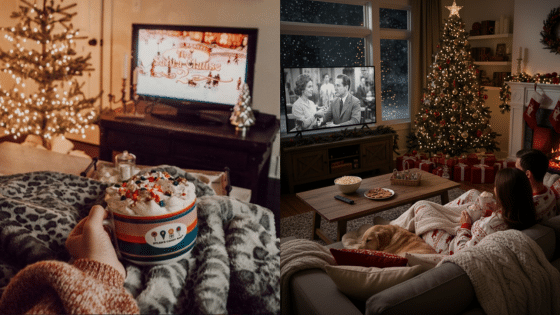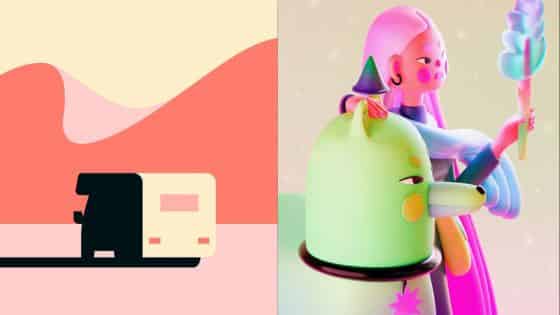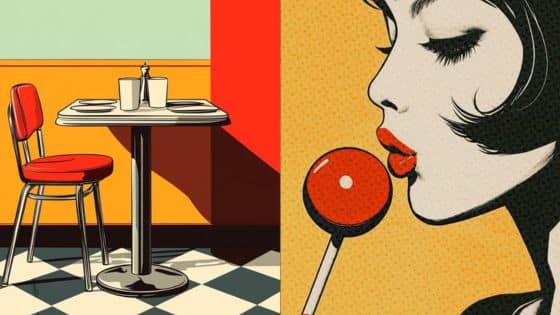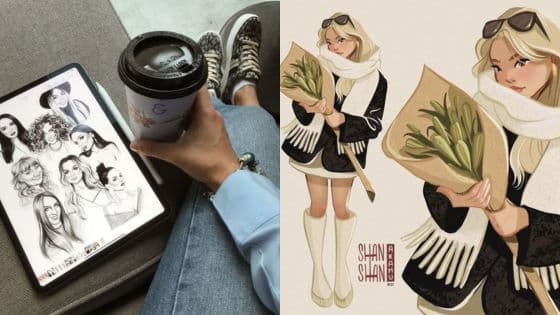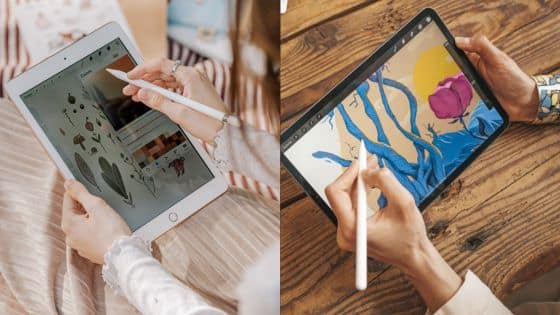The world of illustration continues to evolve at a rapid pace, with 2025 bringing fresh perspectives that blend technology, sustainability, and nostalgic aesthetics. As digital tools become more sophisticated and designers seek to create more meaningful connections with audiences, new trends are emerging that will shape how you approach visual storytelling.
This year, you’ll see AI-assisted creativity merge with handcrafted authenticity, while 3D illustrations and retro-futurism dominate design spaces across web, branding, and digital marketing. These trends reflect a broader shift toward more immersive and character-driven visual experiences that break free from traditional design constraints.
Whether you’re a designer looking to stay current or a business owner planning your visual strategy, understanding these illustration trends will help you create more engaging and relevant content. The movements shaping 2025 emphasize organic shapes, interactive elements, and sustainable themes that resonate with modern audiences.



Key Takeaways
- AI-assisted illustration tools are revolutionizing creative workflows while maintaining authentic, handcrafted aesthetics
- 3D styles and retro-futuristic designs are replacing traditional flat illustrations in branding and digital spaces
- Interactive and immersive illustration techniques are transforming how audiences engage with visual content
Top Illustration Trends in 2025
Three major trends are reshaping illustration this year: artificial intelligence is revolutionizing creative workflows, environmental consciousness is driving nature-inspired designs, and inclusive storytelling is expanding visual narratives.
AI-Assisted Art and Tools
AI tools are transforming how you create digital art in 2025. These platforms help you generate initial concepts, refine compositions, and explore color palettes faster than traditional methods.
You can now use AI to handle repetitive tasks while focusing on creative decision-making. Popular tools assist with background generation, texture creation, and even character development.
The key is finding balance between AI efficiency and your personal artistic voice. Many illustrators use AI for brainstorming phases then add human touches for final execution.
| AI Tool Category | Primary Use | Benefit |
|---|---|---|
| Concept Generation | Initial ideas | Faster ideation |
| Color Assistance | Palette creation | Consistent schemes |
| Texture Creation | Surface details | Time savings |
Smart illustrators treat AI as a collaborative partner rather than a replacement. This approach lets you maintain creative control while boosting productivity.
Embracing Sustainability and Nature
Sustainability themes dominate illustration choices this year. You’ll see more botanical motifs, organic shapes, and environmental messaging across commercial and artistic work.
Earthy tones like sage green, terracotta, and warm browns replace bright, synthetic colors. These palettes connect with audiences seeking authentic, grounded visual experiences.
Clients increasingly request nature-inspired designs for branding and marketing. Think flowing plant forms, natural textures, and imagery celebrating biodiversity.
The trend extends beyond aesthetics to messaging. Your illustrations can communicate environmental awareness while maintaining commercial appeal.
Hand-drawn elements mixed with digital techniques create organic feels that resonate with eco-conscious consumers.
Cultural Diversity and Inclusive Storytelling
Your illustration trends now prioritize diverse representation across all demographics. Characters reflect varied ethnicities, abilities, ages, and cultural backgrounds authentically.
Inclusive storytelling means researching cultural accuracy rather than relying on stereotypes. You need to understand the communities you’re representing through your visual choices.
Color palettes expand beyond traditional skin tones. Fashion, architecture, and cultural symbols require thoughtful research and respectful portrayal.
Clients value illustrators who can create globally relevant content. This means developing skills in cross-cultural visual communication and sensitivity.
The business case is clear: diverse illustrations reach broader audiences and create stronger emotional connections with varied consumer bases.
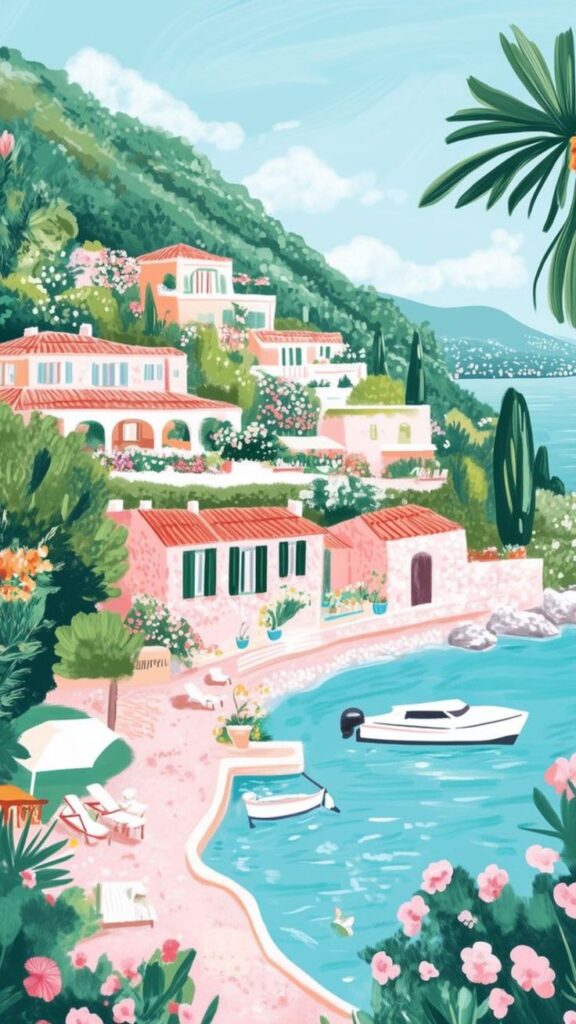


Emerging Illustration Styles
The illustration landscape in 2025 showcases three distinctive styles that blend technology with artistic vision. These approaches combine dimensional depth, psychological exploration, and historical elegance to create compelling visual experiences.
3D Illustrations and Modeling
3D illustrations are transforming how designers approach visual storytelling. This style creates depth and realism that traditional flat designs cannot achieve.
Modern 3D modeling software allows you to craft intricate scenes with precise lighting and textures. The results feel tangible and interactive, drawing viewers into immersive experiences.
You can use 3D techniques for:
- Product visualizations
- Architectural concepts
- Character design
- Abstract compositions
Digital painting techniques now integrate seamlessly with 3D workflows. You can paint directly onto 3D models, combining traditional artistry with dimensional precision.
The accessibility of 3D tools has expanded dramatically. Cloud-based platforms and simplified interfaces make this once-specialized skill available to more creators.
Surrealism and Dreamlike Imagery
Surrealism returns with contemporary digital twists that challenge perception and reality. This style taps into subconscious imagery and unexpected visual combinations.
You create dreamlike narratives by merging impossible elements. Floating objects, morphing forms, and impossible architectures become powerful communication tools.
Key surrealist techniques include:
- Juxtaposition of unrelated objects
- Scale manipulation for dramatic effect
- Impossible physics and gravity-defying scenes
- Color distortion to create otherworldly atmospheres
Digital tools enhance surrealist possibilities beyond traditional methods. You can blend photographs, vector graphics, and painted elements seamlessly.
This approach works particularly well for brands wanting to convey innovation or challenge conventional thinking.
Art Deco Revival
Art Deco aesthetics experience a significant resurgence with modern digital interpretations. This style combines geometric precision with luxurious visual elements.
You incorporate classic Art Deco features like stepped forms, radiating patterns, and metallic gradients. These elements create sophisticated, timeless appeal.
| Traditional Elements | Modern Applications |
|---|---|
| Geometric patterns | UI/UX design |
| Metallic finishes | Brand identities |
| Stepped silhouettes | Logo design |
| Bold typography | Editorial layouts |
The style works exceptionally well for luxury brands and premium services. You can adapt Art Deco principles to create contemporary illustration styles that feel both classic and fresh.
Digital techniques allow for precise geometric construction and gradient effects that enhance the style’s inherent elegance.
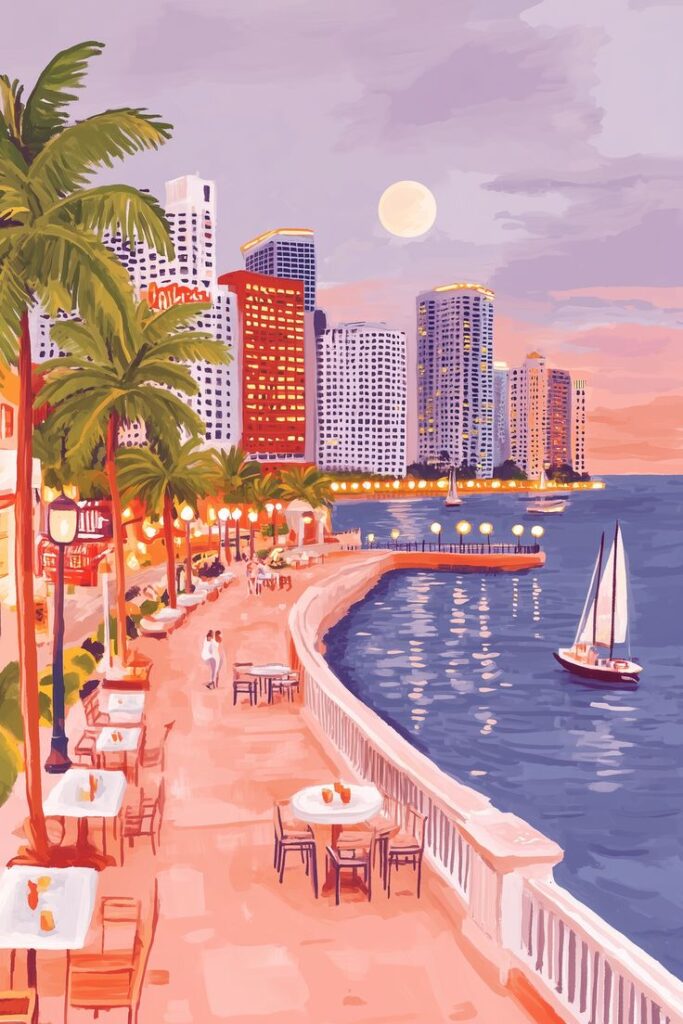
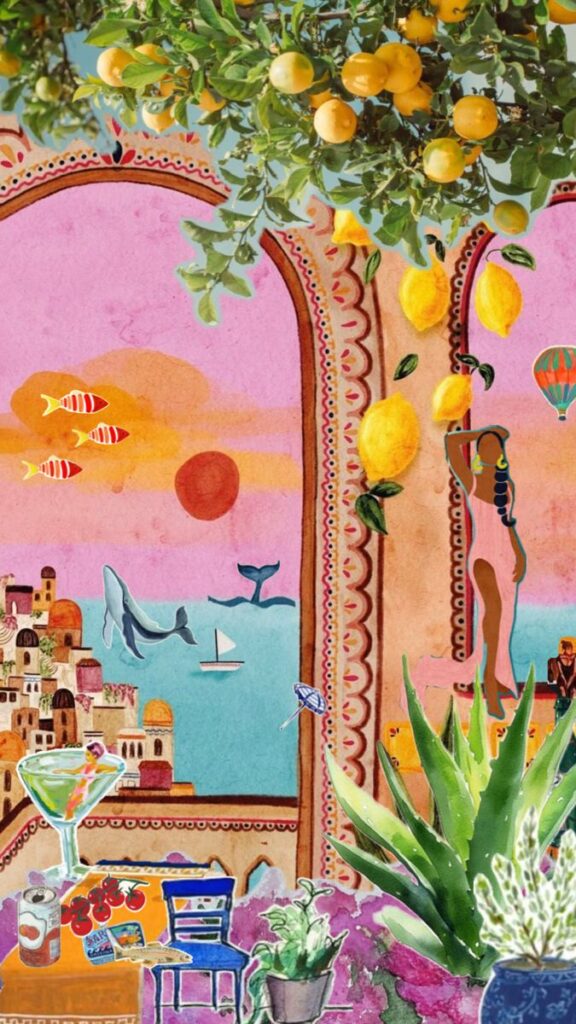
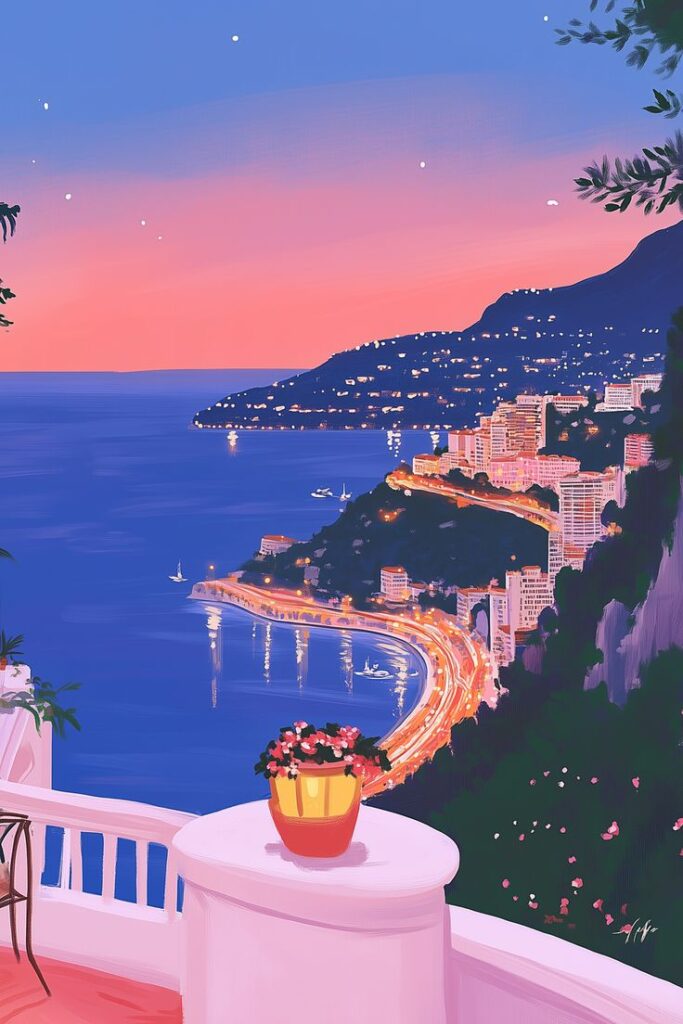
Color Palettes and Techniques Influencing 2025
Illustration techniques in 2025 emphasize vibrant gradients paired with natural earth colors, while hand-drawn textures add authentic character to digital work. Clean line art and minimal approaches continue gaining popularity across design fields.
Bold Gradients and Earthy Tones
Vibrant gradients are making a strong comeback in 2025, but with a twist. You’ll notice designers combining bright, saturated color transitions with earthy tones like terracotta, sage green, and warm ochre.
This combination creates visual depth without overwhelming the viewer. The gradients often flow from bold magentas into soft browns, or electric blues fading to muted clay colors.
Popular gradient combinations include:
- Sunset oranges transitioning to deep forest greens
- Electric purples blending into sandy beiges
- Bright coral melting into mushroom grays
These palettes work particularly well for brand illustrations and digital artwork. They capture attention while maintaining an organic, approachable feel that resonates with audiences seeking both energy and comfort.
Hand-Drawn and Textured Finishes
Textured illustrations are gaining momentum as designers move away from sterile digital perfection. You can achieve this look by incorporating visible brush strokes, paper textures, and intentional imperfections.
Watercolor effects remain popular, especially when combined with digital elements. This technique creates organic edges and natural color bleeding that adds warmth to your work.
Key texture techniques:
- Grain overlays for vintage appeal
- Rough brush textures for authentic feel
- Mixed media combinations blending digital and traditional elements
Cross-hatching and stippling techniques are returning to mainstream illustration. These methods add tactile quality to digital work while maintaining clean, professional appearance.
Line Art and Minimalist Designs
Line art continues dominating 2025 illustration trends through its versatility and clarity. You’ll find success using single-weight lines for clean, modern aesthetics or variable line weights for more dynamic compositions.
Minimalist designs focus on essential elements only. This approach uses limited color palettes – often just two or three colors – to create maximum impact with minimal visual noise.
Essential minimalist elements:
- Generous white space for breathing room
- Simple geometric shapes as focal points
- Monochromatic or analogous color schemes
Single-line illustrations are particularly effective for logos and icon design. These drawings use continuous lines to create recognizable forms while maintaining elegant simplicity that works across all media formats.
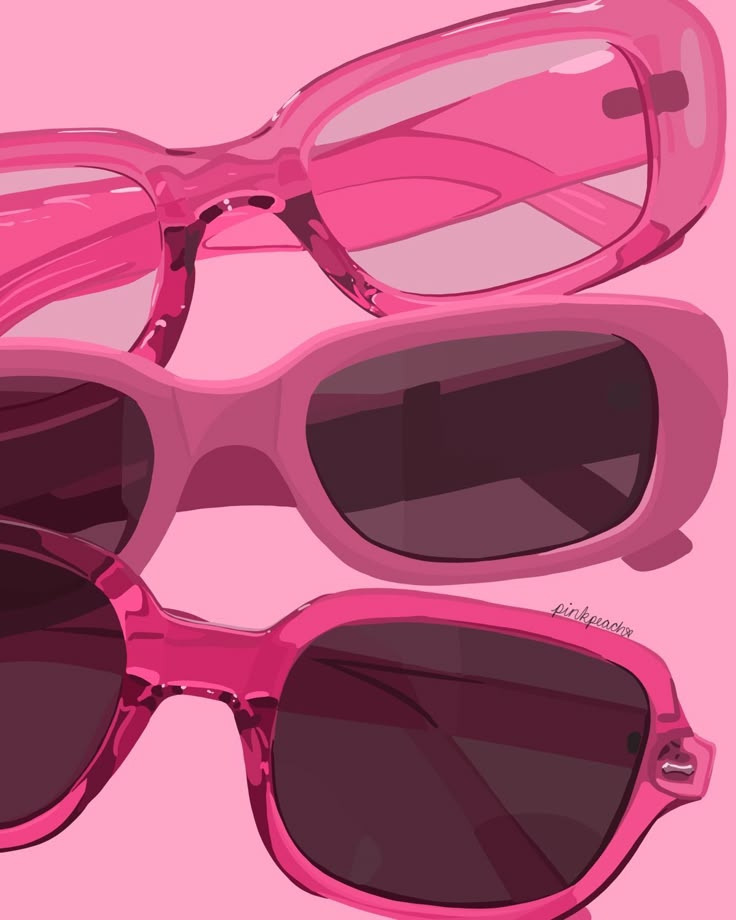
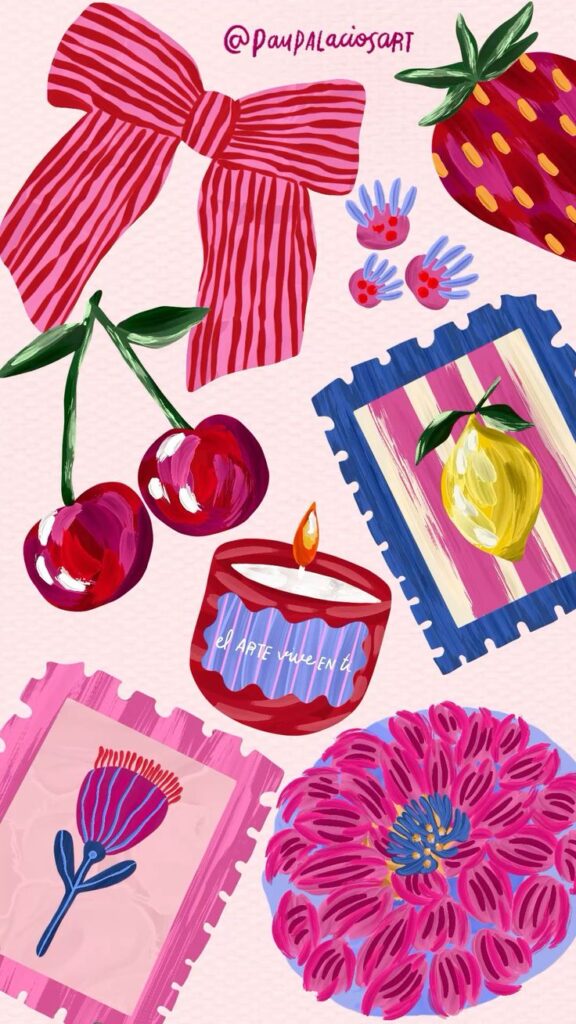
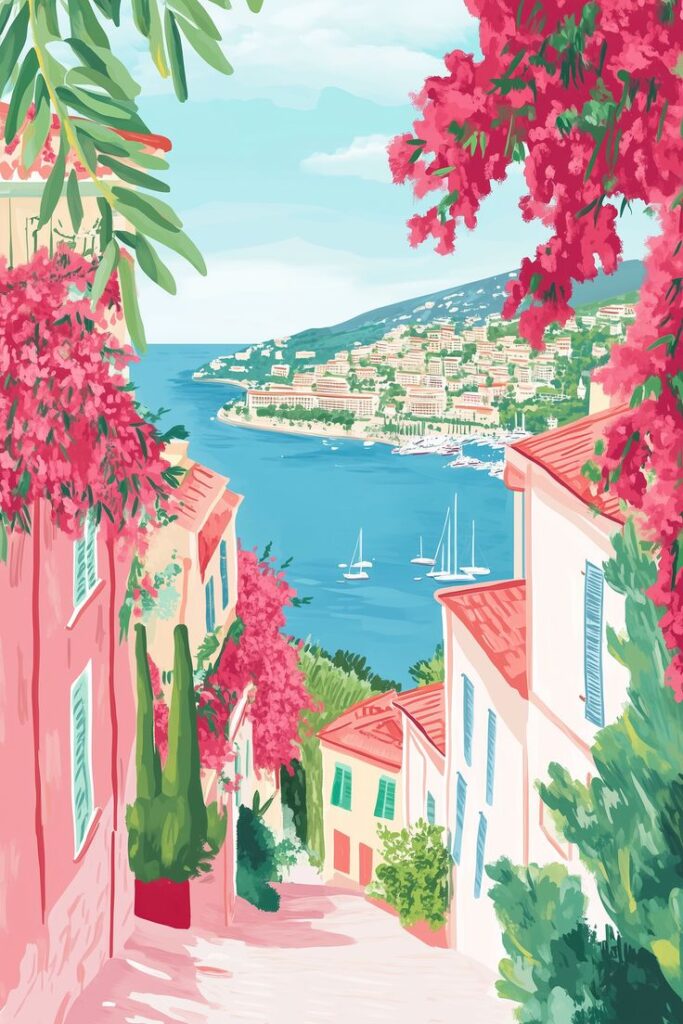
Interactive and Technological Advancements in Illustration
Illustrations are becoming dynamic experiences that respond to user actions and integrate with cutting-edge technologies. These advances transform static images into engaging, immersive content that adapts to different platforms and environments.
AR/VR and Immersive Experiences
AR and VR technologies are revolutionizing how you experience illustrations. These platforms allow your artwork to exist in three-dimensional space, creating depth and presence that traditional flat images cannot achieve.
You can now design illustrations that users can walk around, manipulate with gestures, or view from multiple angles. AR applications overlay your digital artwork onto real-world environments through smartphones and tablets.
VR experiences place viewers inside your illustrated worlds. This technology works particularly well for storytelling, educational content, and brand experiences where you want complete user immersion.
Your illustrations can include interactive elements that trigger animations, sounds, or additional visual content when users look at or touch specific areas. This creates a more engaging narrative experience than static images.
Interactive and Responsive Illustrations
Interactive illustrations respond to user input through clicks, hovers, scrolls, or device movements. You can create artwork that changes colors, reveals hidden elements, or transforms completely based on user actions.
Responsive design ensures your illustrations adapt seamlessly across different screen sizes and devices. Your artwork automatically adjusts composition, detail levels, and interactive elements for optimal viewing on smartphones, tablets, and desktops.
Modern web technologies enable you to create illustrations with real-time data integration. Your artwork can display live information like weather conditions, social media feeds, or user-generated content.
Interactive experiences include parallax scrolling effects, animated sequences triggered by user behavior, and illustrations that evolve as users progress through digital content.
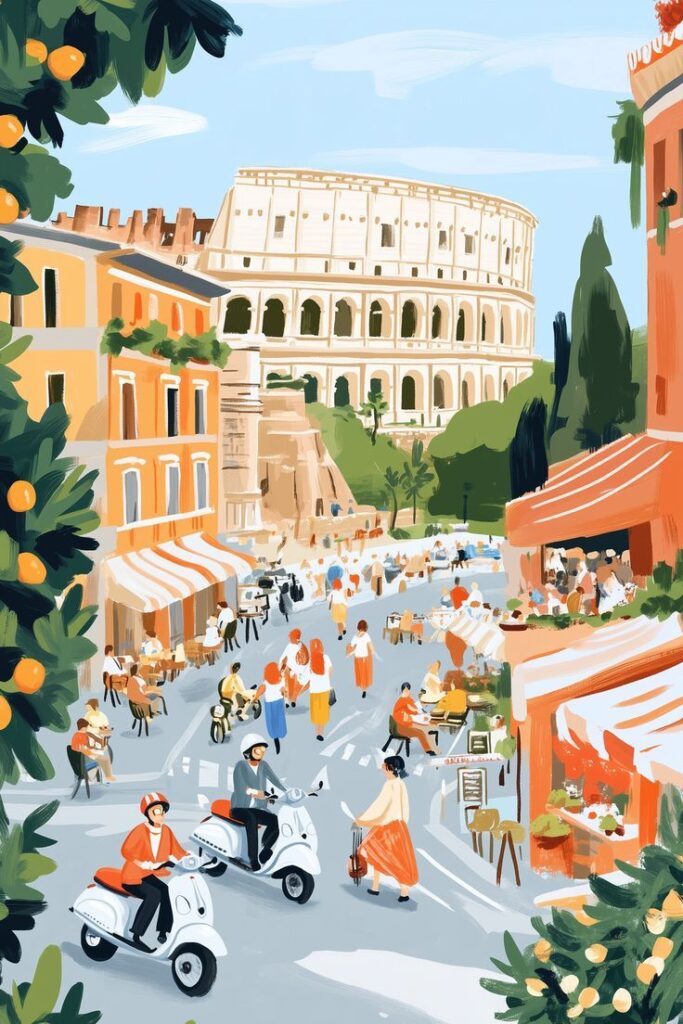
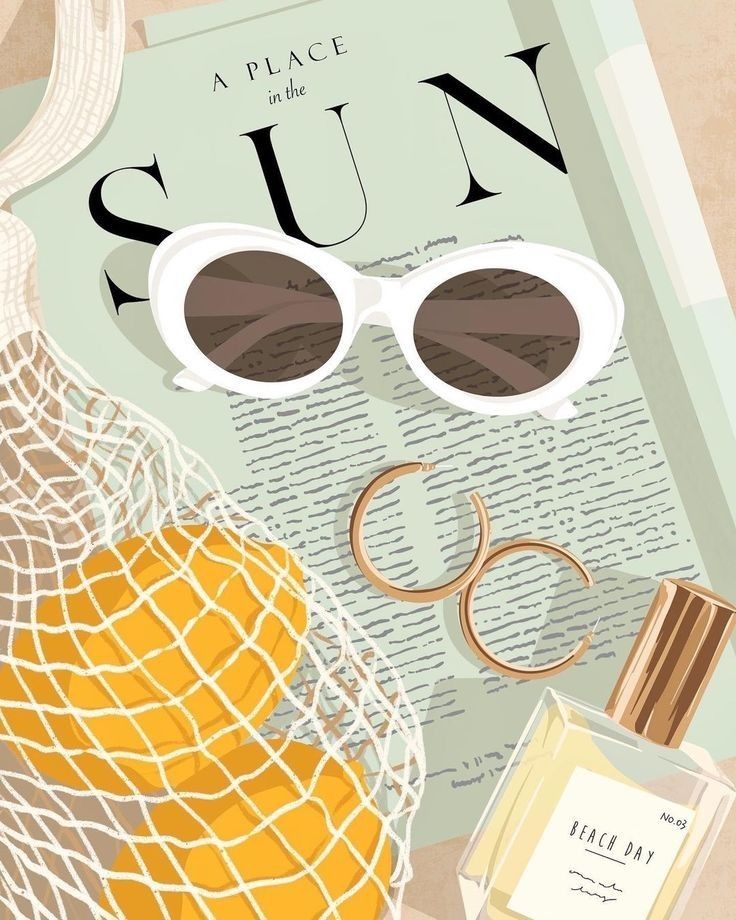

Illustration in Branding and Packaging
Modern brands are leveraging custom illustrations to create distinctive identities while packaging designs embrace trendy visual elements that connect with consumers. Bold typography paired with illustration work creates powerful visual communication across all brand touchpoints.
Custom Illustration for Brand Identity
Custom illustrations give your brand a unique visual voice that stock imagery cannot match. They allow you to express your brand’s personality through specific color schemes, artistic styles, and visual metaphors.
Minimalist illustration styles dominate 2025 branding trends. These designs use clean lines and limited color palettes to convey messages efficiently. The approach aligns with modern sustainability values while ensuring your brand remains memorable.
Vector-based custom illustrations offer flexibility across different media formats. You can scale them from business cards to billboards without losing quality. This versatility makes them cost-effective for consistent brand implementation.
Art Deco influences continue shaping brand identities in 2025. The style conveys elegance and sophistication through geometric patterns and bold contrasts. Many luxury brands adopt this approach to communicate premium positioning.
Key benefits of custom illustration in branding:
- Unique visual identity that differentiates from competitors
- Scalable artwork for consistent brand application
- Cultural relevance through personalized visual storytelling
- Cost-effective long-term brand asset development
Trendy Product Packaging Designs
Product packaging in 2025 focuses on sustainability while incorporating innovative illustration techniques. Your packaging design must balance environmental responsibility with visual appeal to attract conscious consumers.
Organic shapes replace rigid geometric layouts in packaging illustration. These flowing elements create natural movement that guides the eye across product surfaces. The trend reflects growing consumer preference for authentic, handcrafted aesthetics.
Interactive visual elements enhance packaging engagement. QR codes integrated into illustrated designs bridge physical products with digital experiences. This approach allows extended storytelling beyond package limitations.
Hand-drawn illustration styles gain popularity in product packaging. They communicate authenticity and craftsmanship values that resonate with modern buyers. The imperfect lines and organic textures contrast sharply with digital precision.
Color psychology plays a crucial role in packaging illustration choices. Earth tones and muted palettes signal sustainability commitment. Bright accent colors create shelf impact while maintaining environmental messaging.
Essential packaging illustration trends:
- Sustainable materials combined with eco-friendly ink processes
- Personalized designs that speak to specific target demographics
- Cultural motifs that reflect local market preferences
- Minimalist approaches that reduce visual clutter
Bold Typography in Visual Communication
Bold typography merged with illustration creates powerful visual hierarchies in brand communication. You can use oversized letterforms as design elements rather than simple text carriers.
Typography as illustration blurs traditional boundaries between text and image. Letters become artistic elements that convey mood and personality. This technique works particularly well in logo design and headline treatments.
Custom lettering paired with illustrated elements builds brand recognition faster than standard fonts. Your audience associates unique typographic styles with specific brands. This creates valuable intellectual property assets.
Layered typography effects add depth to flat illustration styles. Text can weave through illustrated elements or cast shadows that interact with background graphics. These techniques create visual interest without overwhelming the message.
Color gradients within typography enhance digital applications while maintaining print compatibility. The technique adds dimension to otherwise flat designs. You can match typographic colors to illustration palettes for cohesive brand presentation.
Typography and illustration integration methods:
- Outlined letters filled with pattern or texture
- Text paths that follow illustrated element contours
- Negative space typography within illustrated shapes
- Mixed media combining hand-lettering with digital illustration
The Future of Digital Illustration
Digital art is evolving through the combination of traditional techniques with modern technology, while vector-based approaches continue to define contemporary visual communication.
Hybrid Techniques and Mixed Media
The future of digital illustration lies in blending traditional artistry with cutting-edge technology. You’re seeing artists combine hand-drawn skettures with digital refinements to create authentic, textured works.
This approach gives your digital art a human touch that pure computer-generated graphics often lack. The tactile quality of mixed media resonates with audiences seeking genuine visual experiences.
Popular hybrid combinations include:
- Hand-sketched foundations with digital coloring
- Watercolor textures layered over vector graphics
- Photography integrated with illustrated elements
- 3D modeling combined with 2D illustration techniques
You can start experimenting by scanning your traditional sketches and enhancing them digitally. This workflow maintains artistic authenticity while leveraging digital tools for precision and flexibility.
AI-assisted tools are becoming part of this hybrid approach. You can use them as starting points or enhancement tools rather than complete replacements for your creative process.
The Role of Vector Illustration and Flat Design
Vector illustration remains fundamental to modern digital art because of its scalability and clean aesthetic. You benefit from graphics that look crisp at any size, from business cards to billboards.
Flat design continues dominating digital interfaces and branding. Its simplified forms and bold colors translate perfectly across different devices and platforms.
Key advantages of vector-based work:
- Infinite scalability without quality loss
- Smaller file sizes for web applications
- Easy color modifications for brand consistency
- Perfect geometric shapes and clean lines
You’ll find vector illustration essential for logo design, icon creation, and web graphics. The style’s minimalist approach aligns with current design preferences for clarity and functionality.
Modern vector tools now include advanced features like gradient meshes and variable fonts. These additions expand your creative possibilities while maintaining the format’s technical advantages.
- 0shares
- Facebook0
- Pinterest0
- Twitter0
- Reddit0









